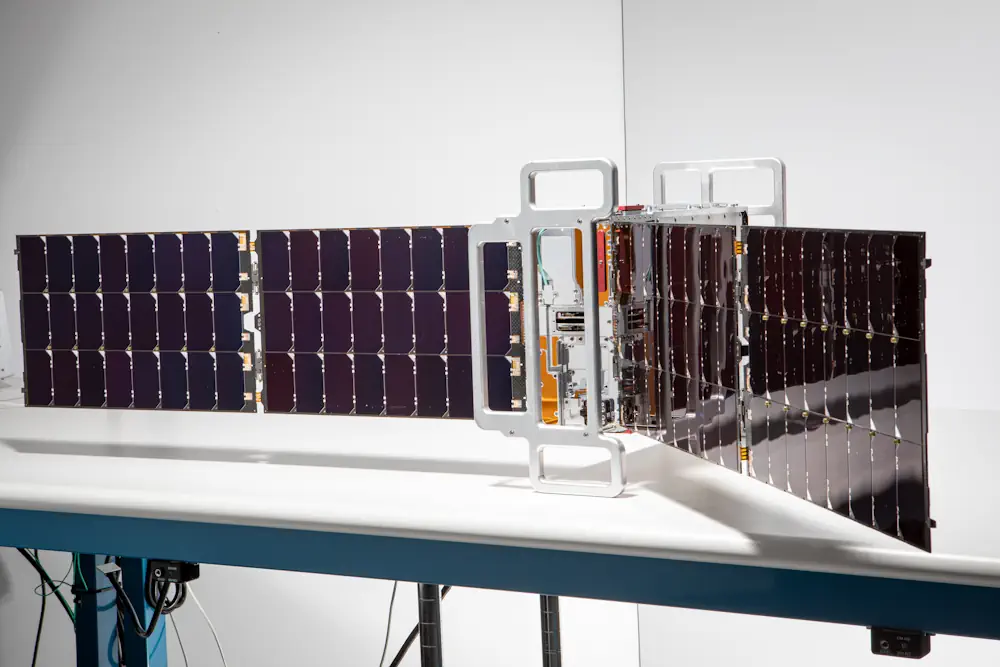Information from the PREFIRE mission will illuminate how clouds and water vapor in the Arctic and Antarctic influence the amount of heat the poles radiate into space.
A pair of new shoebox-size NASA satellites will help unravel an atmospheric mystery that’s bedeviled scientists for years: how the behavior of clouds and water vapor at Earth’s polar regions affects our planet’s climate.
The first CubeSat in NASA’s Polar Radiant Energy in the Far-InfraRed Experiment (PREFIRE) mission launched from New Zealand on Saturday, May 25. The second PREFIRE CubeSat is targeted to lift off on Saturday, June 1, with a launch window opening at 3 p.m. NZST (11 p.m. EDT, Friday, May 31).
The mission will measure the amount of heat Earth emits into space from the two coldest, most remote regions on the planet. Data from PREFIRE will improve computer models that researchers use to predict how Earth’s ice, seas, and weather will change in a warming world.
Earth absorbs a lot of the Sun’s energy in the tropics, and weather and ocean currents transport that heat toward the poles (which receive much less sunlight). Ice, snow, and clouds, among other parts of the polar environment, emit some of that heat into space, much of it in the form of far-infrared radiation. The difference between the amount of heat Earth absorbs at the tropics and that radiated out from the Arctic and Antarctic is a key influence on the planet’s temperature, helping to drive dynamic systems of climate and weather.
But far-infrared emissions at the poles have never been systematically measured. This is where PREFIRE comes in. The mission will help researchers gain a clearer understanding of when and where Earth’s polar regions emit far-infrared radiation to space, as well as how atmospheric water vapor and clouds influence the amount that escapes.
Clouds and water vapor can trap far-infrared radiation on Earth, thereby increasing global temperatures — part of the greenhouse effect.
“It’s critical that we get the effects of clouds right if we want to accurately model Earth’s climate,” said Tristan L’Ecuyer, a professor at the University of Wisconsin-Madison and PREFIRE’s principal investigator.
